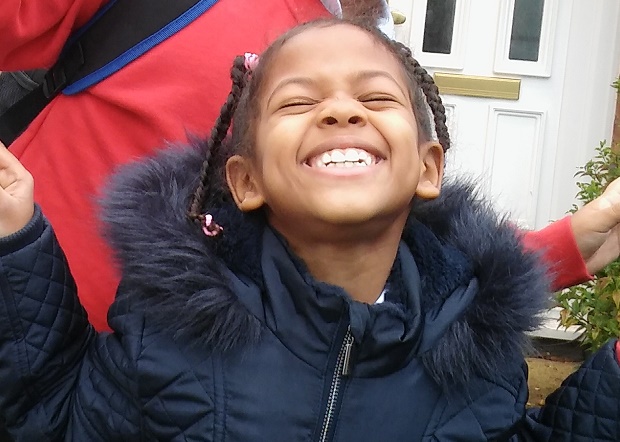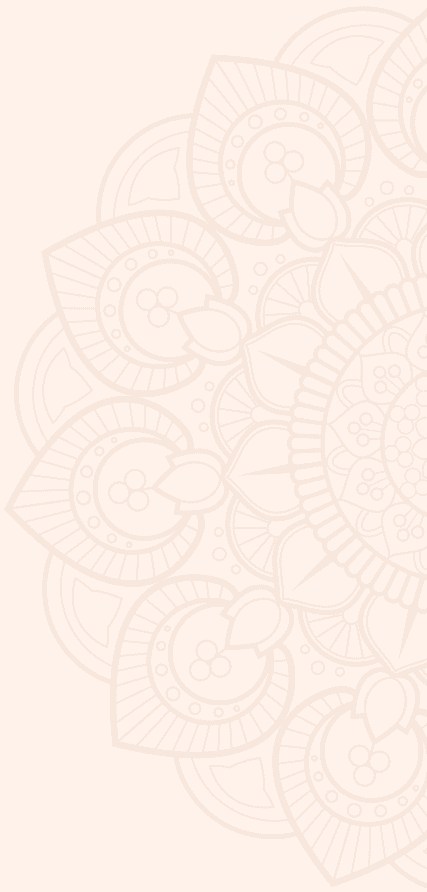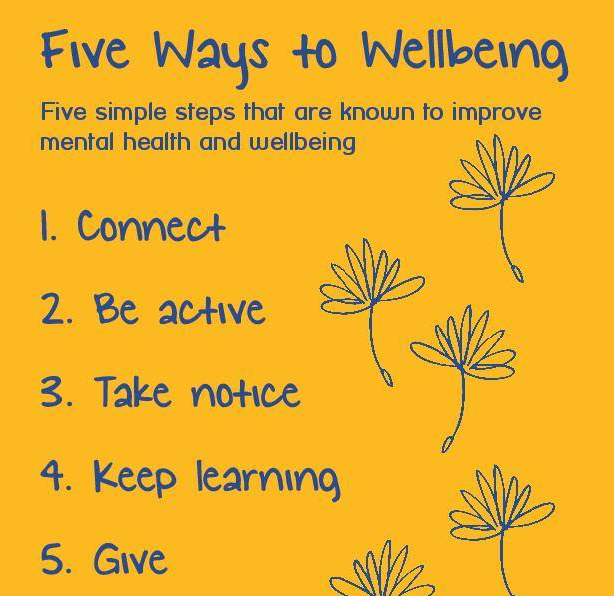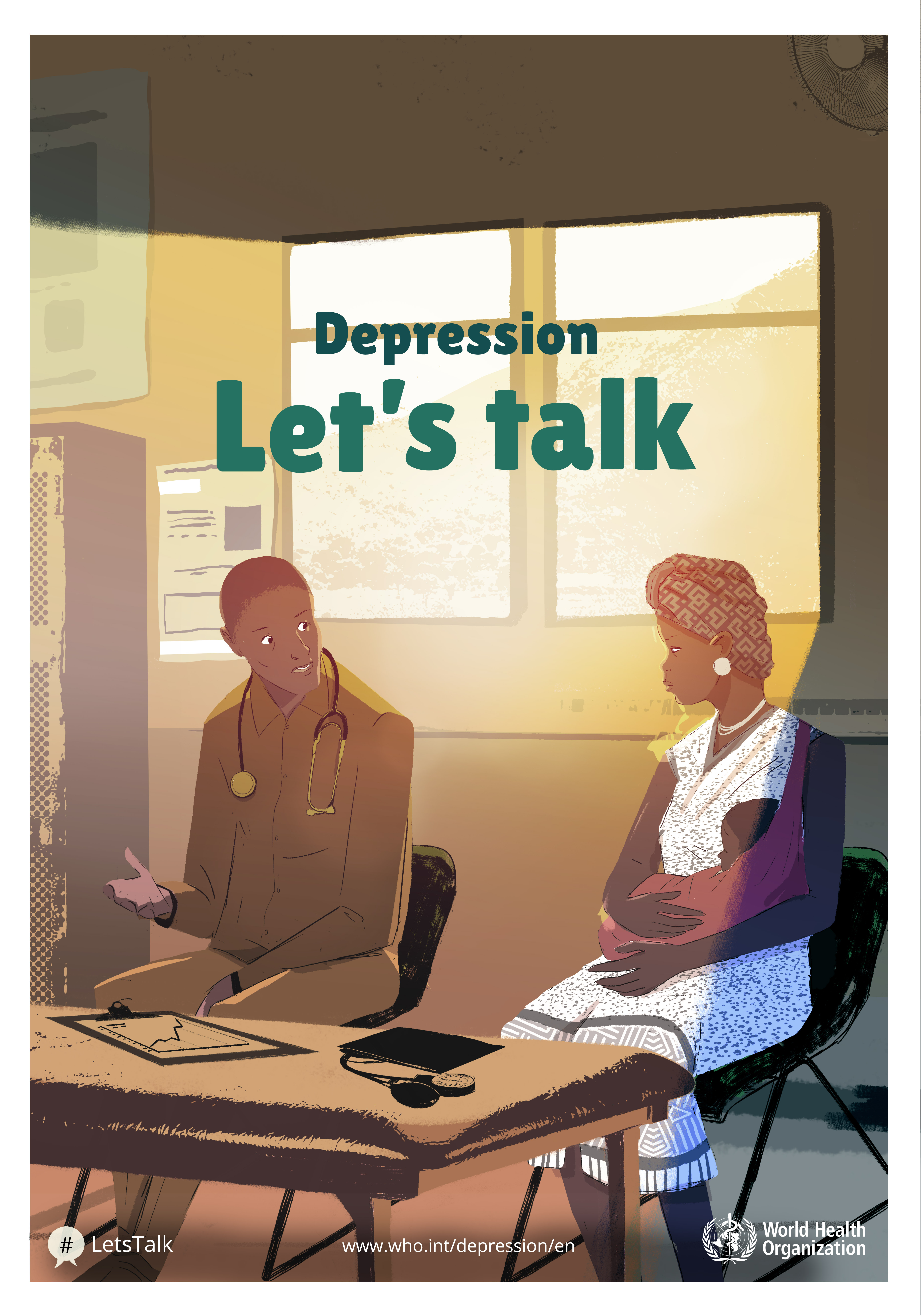
Laughter as therapy
I lived my young years in the days when every infected wound was treated with an anti-tetanus and penicillin injection. This was also the era of washable needles. Those pre-historic metallic things that felt like the gauge 18 needles I was later to use on cattle. The needles were warm from the sterilizer and they really hit the gluteus maximally!
What has this got to do with laughter therapy?
In that era – when university students would attend pre-university training at the National Youth Service (NYS) to ‘acquire discipline’ – I had my most vivid moment of simulated laughter as therapy.
Some girls and I were just leaving the NYS clinic, having received a penicillin injection. Not many of you reading this know the pain of these jabs. As we walked out of the clinic, we were literally dragging our feet and could not touch the area of our butts that had just been warmed dramatically. We were all on the verge of tears but instead looked at each other and started laughing. We just pointed at each other and had a really long hard laugh that left us all feeling a lot better, changing that moment from agony to not joy exactly but a halfway place.
That image of us outside that clinic came to mind many years later when I watched a group of Indian people on TV laughing their heads off over nothing on a beach – something called ‘laughter yoga’.
Laughter yoga is actually not very hard. Just watch this video and let me know whether it was hard to laugh…..
I searched for a scientific review paper on laughter yoga and came across one. In the journal Complementary Therapies in Medicine a Ramon Mora-Ripoll from ‘Laughter Research Network’ in Barcelona, Spain, wrote about simulated laughter. I love that the man writing about laughter therapy is called Ramon as I can’t help seeing him as the humorous penguin in the cartoon ‘Happy Feet’…….but I digress.
Simulated laughter, he says, is different from the spontaneous laughter caused when we hear/read jokes, see something funny, are tickled, or when clowning, singing, dancing etc.
Simulated laughter is triggered by oneself at will (self-induced), with no specific reason (purposeful, unconditional), and therefore not elicited by humor, fun, other stimuli or positive emotions.
Simulated laughter can be induced in a multiple number of ways and can involve solo laughter or groups of all kinds. It has gained a lot of traction over the years.
Ramon says that although the role of humour and laughter is known to be a positive one regarding health, not enough research has been conducted on simulated laughter.
He reviewed a number of studies to prove his point. I pick out only 2 of the 9 studies that he expounded on:
Study 1: Laughter yoga on 41 elderly people compared with 61 who did not use this yoga:
One hour of simulated laughter once a week was considered to be useful, cost-effective and easily accessible intervention that had positive effects on depression (Geriatric Depression Scale), insomnia (Insomnia Severity Index), and sleep quality (Pittsburg SleepQuality Index).
Study 2: 107 patients with chronic pain on laughter therapy – no comparison group:
After 8 laughter therapy sessions, one per week, laughter led to a 55% reduction in pain scores; a 12% increase in functional mobility; and a 50% reduction in depression symptoms and 42% in anxiety symptoms. They maintained these gains at follow-up (12 months)
This review does have its limitations. As Ramon clearly believes that laughter therapy is important, he may have chosen to only report studies with positive results, leaving out any that suggested that laughter therapy had no benefits. It is also likely that those studies with no benefit were not published, a common phenomenon in science writing known as publication bias. The studies involved were also small, involving sick people.
Bearing all this in mind, there results should be interpreted with a pinch of salt.
However, my colleagues and I laughing outside the NYS clinic certainly diverted our minds from our pain and temporarily felt like we could conquer our situation. Laughter along with loads of other interventions will make life easier to bear and I agree with Ramon’s conclusion
‘Remember to laugh regularly, share your laughs and help others to laugh to’
***********************************************************************************************
ON THIS HAPPY NOTE I WOULD LIKE TO LET MY READERS KNOW THAT I AM TAKING LEAVE AND SHALL RESUME IN SEPTEMBER
AS I HAVE BEEN WRITING SINCE 2013, THERE IS A LOT OF OLDER, EXCITING STUFF THAT WILL STAND THE TEST OF TIME, ENJOY THEM FOR A COUPLE OF WEEKS
Comment
Comments are closed.






Afya Njema
Nice article. laughter therapy is amazing. re-freshens the inner you